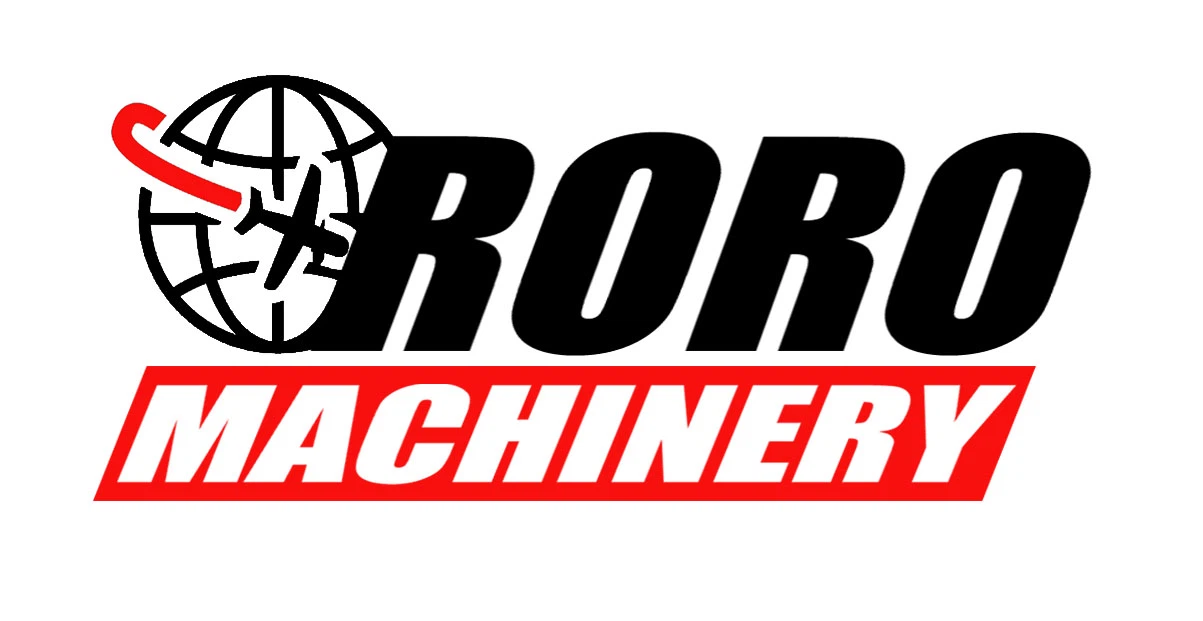What Are The Components Of The Loader Working Device
Aug 17, 2022
Leave a message
In order to perform shoveling and loading processes of loaders, their working devices are designed to move. The working device of the loader comprises several components like bucket, boom, connecting rod, rocker arm, bucket cylinder, boom cylinder, etc., that are connected to the loader's frame as a whole. The bucket is operated with the help of the bucket cylinder via the connecting rod and rocker arm so that materials can be loaded and unloaded easily. The boom, on the other hand, is attached to the frame and boom cylinder for lifting the bucket. With advanced hydraulic controls, the bucket's tilting and the boom's lifting can be efficiently managed.
While operating the loader, it is essential that the working device functions as follows: when the bucket cylinder is locked and the boom cylinder is lifted or lowered, the linkage mechanism ensures that the bucket moves in a horizontal or near-horizontal direction to prevent material scattering or any tilting of the bucket. Moreover, when unloading and the boom is in any position, the bucket tilt angle should remain at least 45°. Additionally, after unloading, the bucket should automatically level itself upon boom descent.
When it comes to loader working devices' structural types, seven primary types are in use worldwide, such as three-bar, four-bar, five-bar, six-bar, and eight-bar, among others. Furthermore, they can be divided into forward and reverse linkage mechanisms concerning input and output rods' steering directions.
When it comes to the construction of loader buckets for earthwork, low-carbon, highly durable and wear-resistant steel plates are often used. Additionally, the cutting edges are made from medium manganese alloy steel, while the side cutting edges and corner plates are constructed from high-strength wear-resistant steel to eliminate the possibility of wear and tear. There are four different shapes of bucket cutters, taking into consideration the ease of replacement, resistance to insertion and wear resistance. The tooth shapes can be either blunt or sharp, with most tire loaders using the sharp teeth while crawler loaders often opt for the blunt teeth. Generally, the number of bucket teeth is dependent on the bucket's width and the tooth pitch usually lies between 150-300mm. Bucket teeth can either be the integral type or split type. The smaller and medium-sized loaders usually use the integral type, while the larger ones employ the split type due to their working conditions and the rapid wear of bucket teeth. The split bucket tooth consists of two parts, including the basic tooth and tooth tip. After wearing out, only the tooth tip needs to be replaced.
